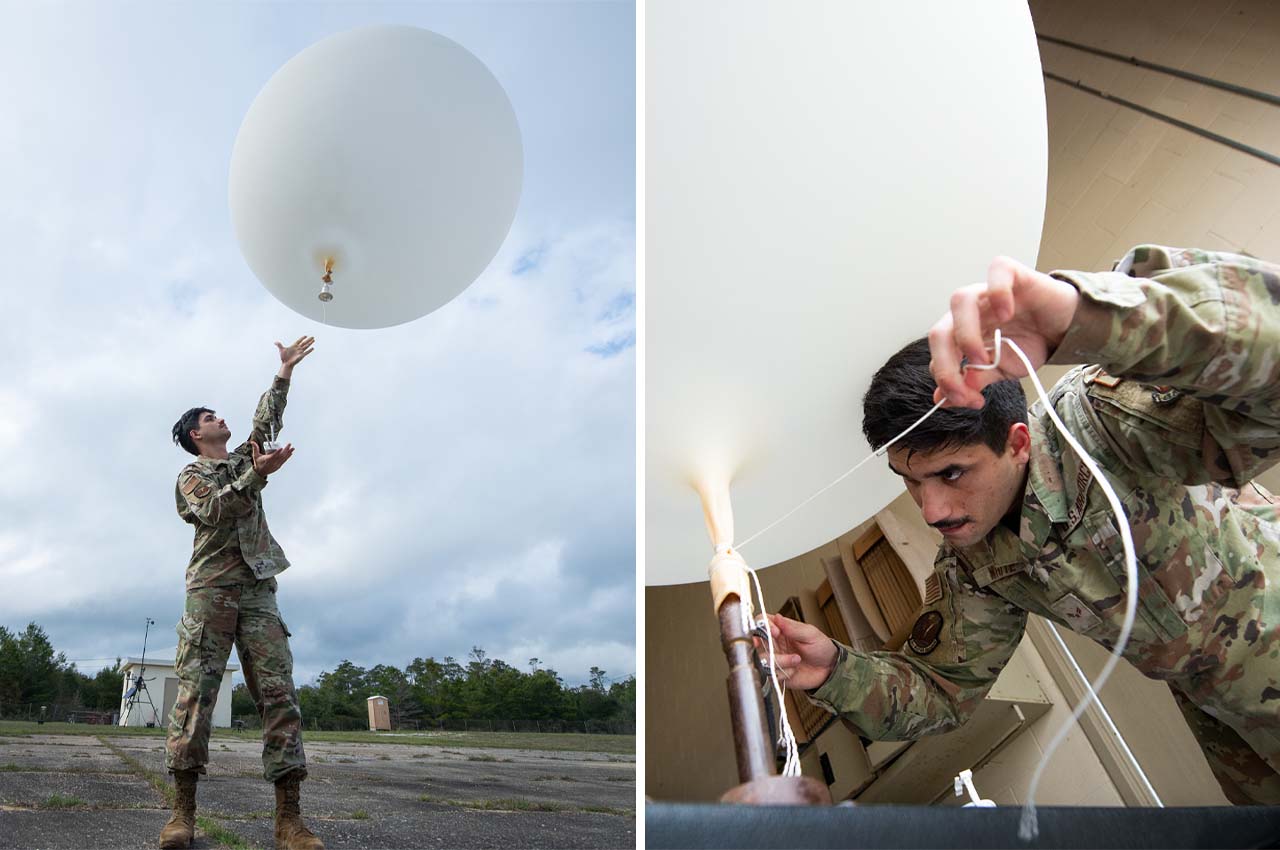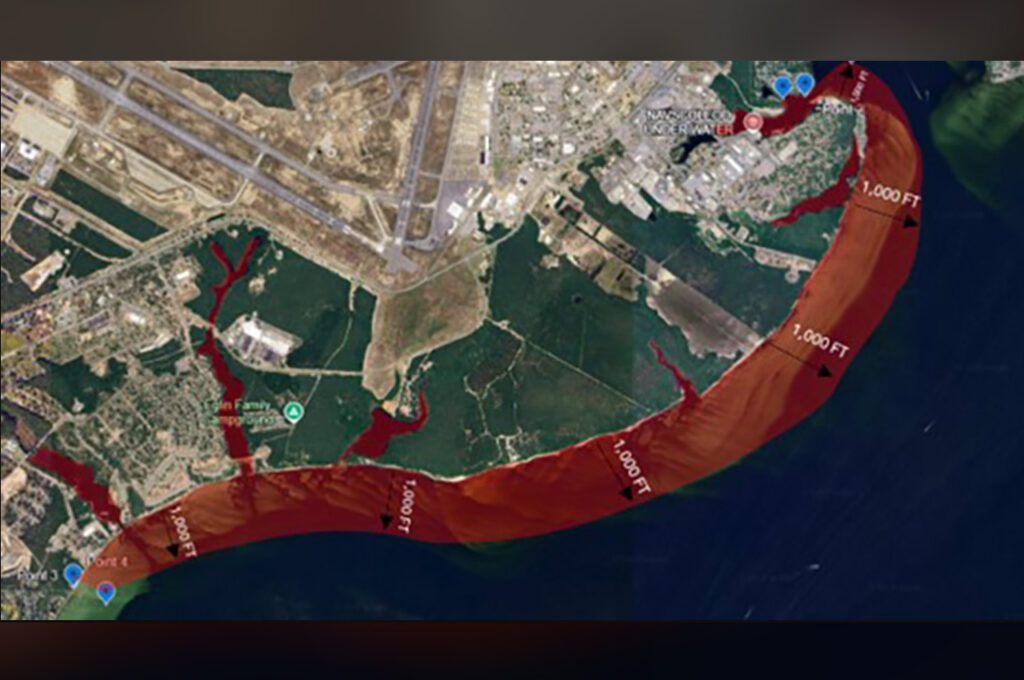Over the last few weeks, the 96th Weather Squadron had a surge of weather balloon releases averaging three to five balloons per week.
- According to Eglin Air Force Base, Squadron operators typically release an average of 70 balloons per year to gather atmospheric data for Eglin Range mission requirements.
These approximately four-foot diameter helium-filled balloons, which can reach elevations of over 70,000 feet, carry a small white box called a radiosonde.
The radiosonde, which begins collecting data as soon as it’s activated, gathers information like GPS coordinates, wind speed, direction, height, pressure, temperature, and humidity. That data creates a map of the vertical structure of the atmosphere. The device transmits the weather data back to Eglin as the balloon carries it up through the atmosphere.
After approximately an hour, Eglin says the balloon pops and falls back to earth. The radiosonde senses the dramatic altitude drop and stops gathering data.
The gathered information from the balloon’s flight is compiled by weather operators and delivered to test engineers, who use the data in various weapons test evaluations.





